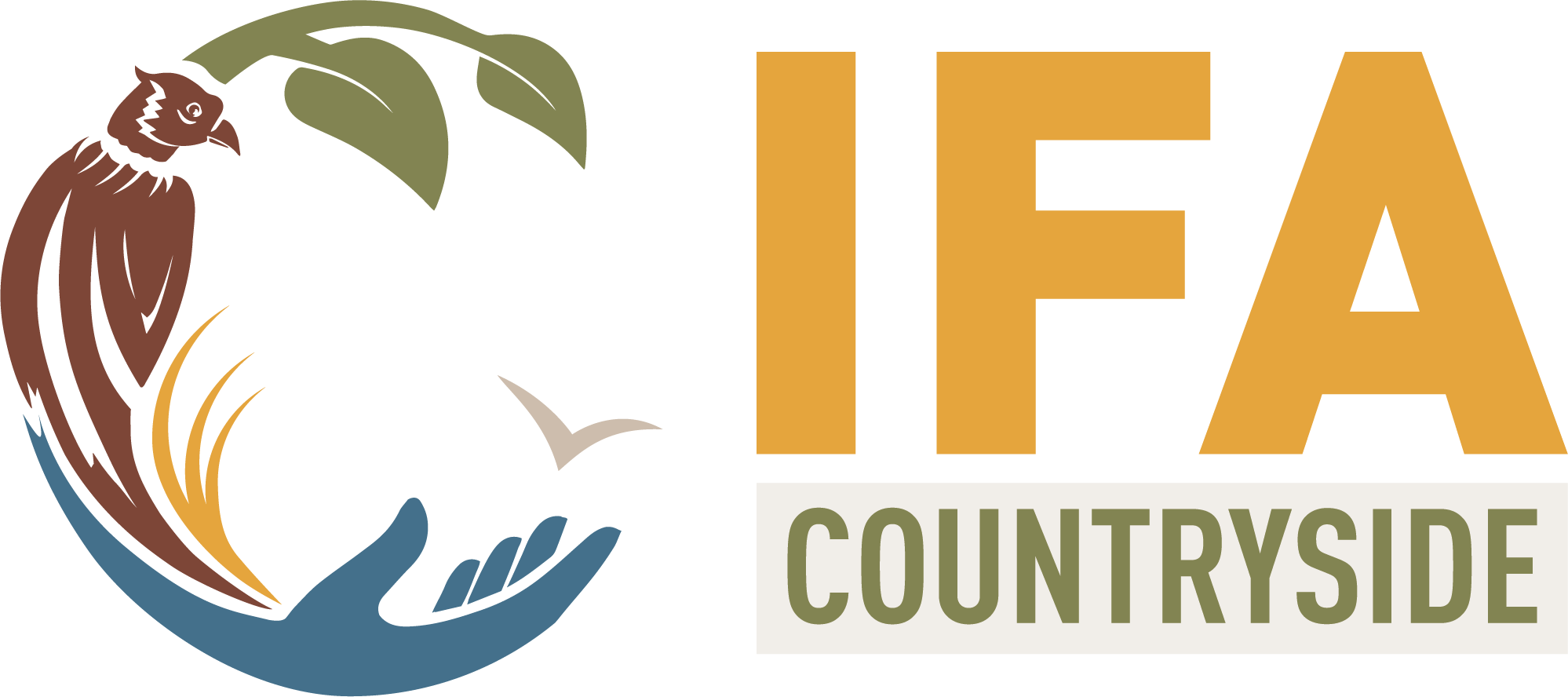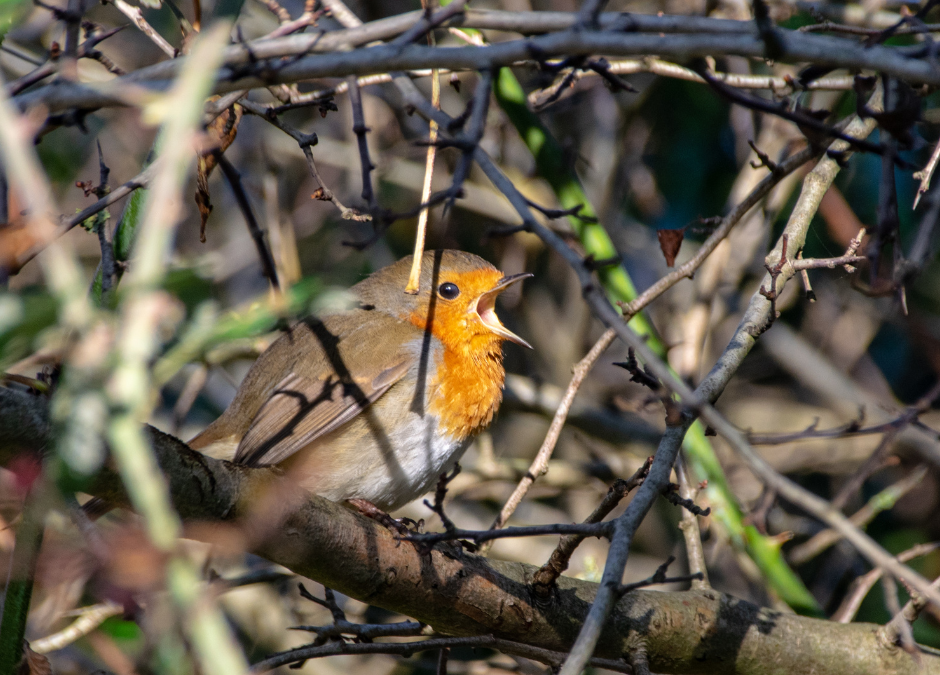
by newcountryside | Feb 27, 2024 | Biodiversity, countryside, Environment, NPWS, wildlife management
Vegetation, such as hedgerows and scrub, provides a home and a vital habitat for birds and wildlife, especially during breeding and nesting season. Legislation prohibits damage to vegetation from March 1st to August 31st, with limited exemptions. National Parks...
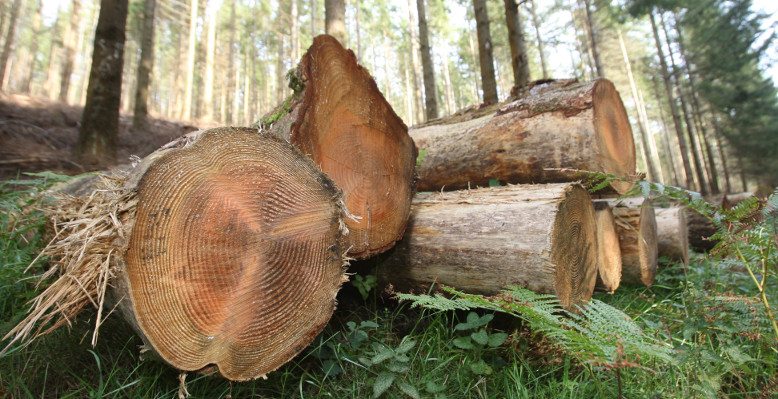
by Barbara Killeen | Jan 26, 2023 | Climate, Environment, Sustainability
The IFA met with Coillte CEO Imelda Hurley and Managing Director Mark Carlin yesterday in the Irish Farm Centre to discuss the controversy over Coillte working with a private equity fund to plant forestry in Ireland. IFA Farm Forestry Chair Jason Fleming said there...
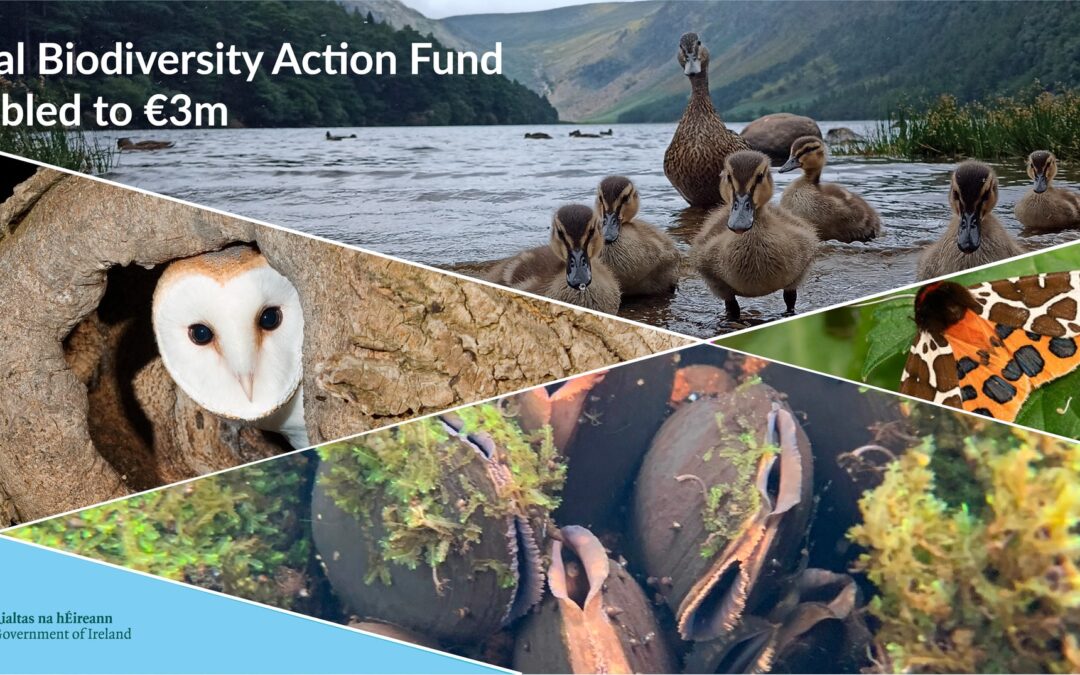
by Barbara Killeen | Jan 25, 2023 | Biodiversity, Conservation, countryside, Environment, Habitats, Rural Development, Sustainability
2023 Local Biodiversity Action Fund supports Local Authorities to progress local biodiversity projects Local Authorities can now apply for funding for 2023 projects Funded projects must align to the actions of the National Biodiversity Action Plan Malcolm Noonan TD,...
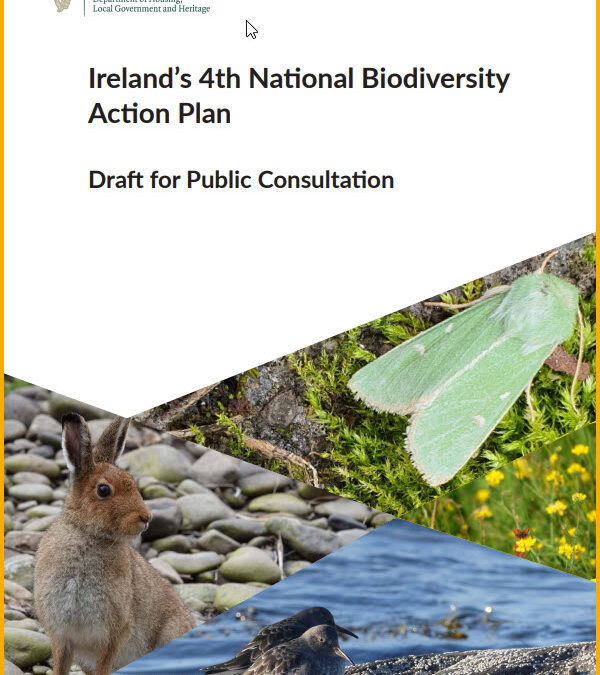
by Barbara Killeen | Sep 23, 2022 | Biodiversity, Conservation, countryside, Environment, NPWS, Sustainability
Members of the public can submit their views by November 9th Minister of State for Heritage and Electoral Reform Malcolm Noonan T.D. has launched a public consultation for the fourth National Biodiversity Action Plan (NBAP). Members of the public are encouraged to...
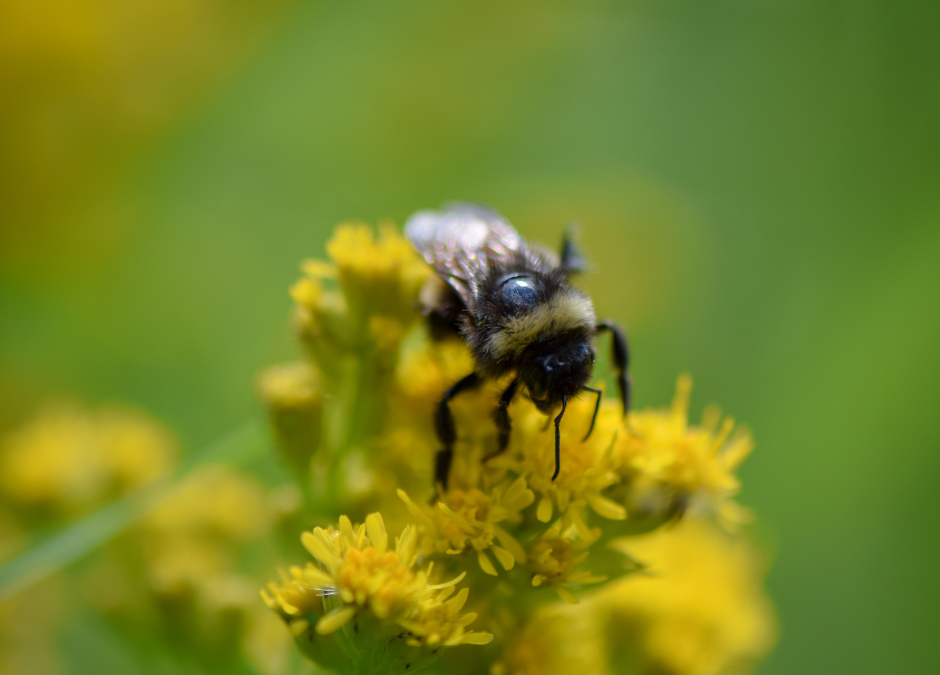
by Barbara Killeen | Sep 22, 2022 | Biodiversity, Environment
128 community projects have been funded across all 31 local authorities They include restoration, invasive species management, surveys, education and awareness projects All support the implementation of the National Biodiversity Action Plan, the new draft of which is...
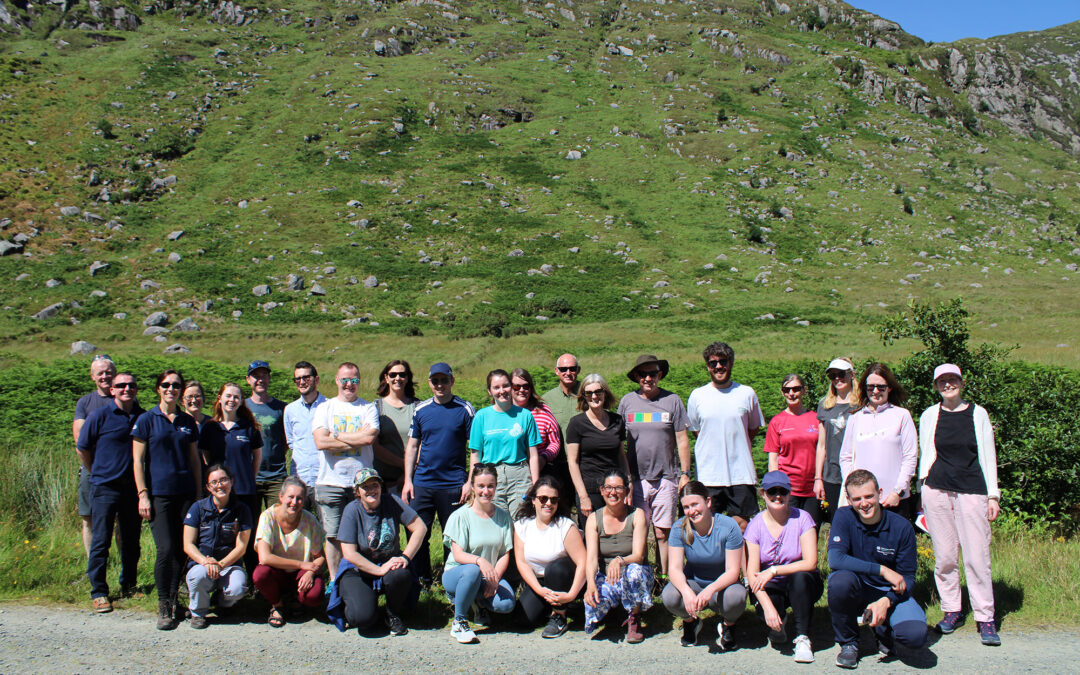
by Barbara Killeen | Aug 12, 2022 | Biodiversity, Environment, Habitats, Sustainability, wildlife management
As part of its education and awareness remit, the team of staff at Glenveagh National Park in Donegal have resumed the popular summer teachers course ‘Learning Through The Landscape’, which has welcomed 20 participants from all over the country. The purpose of the...







